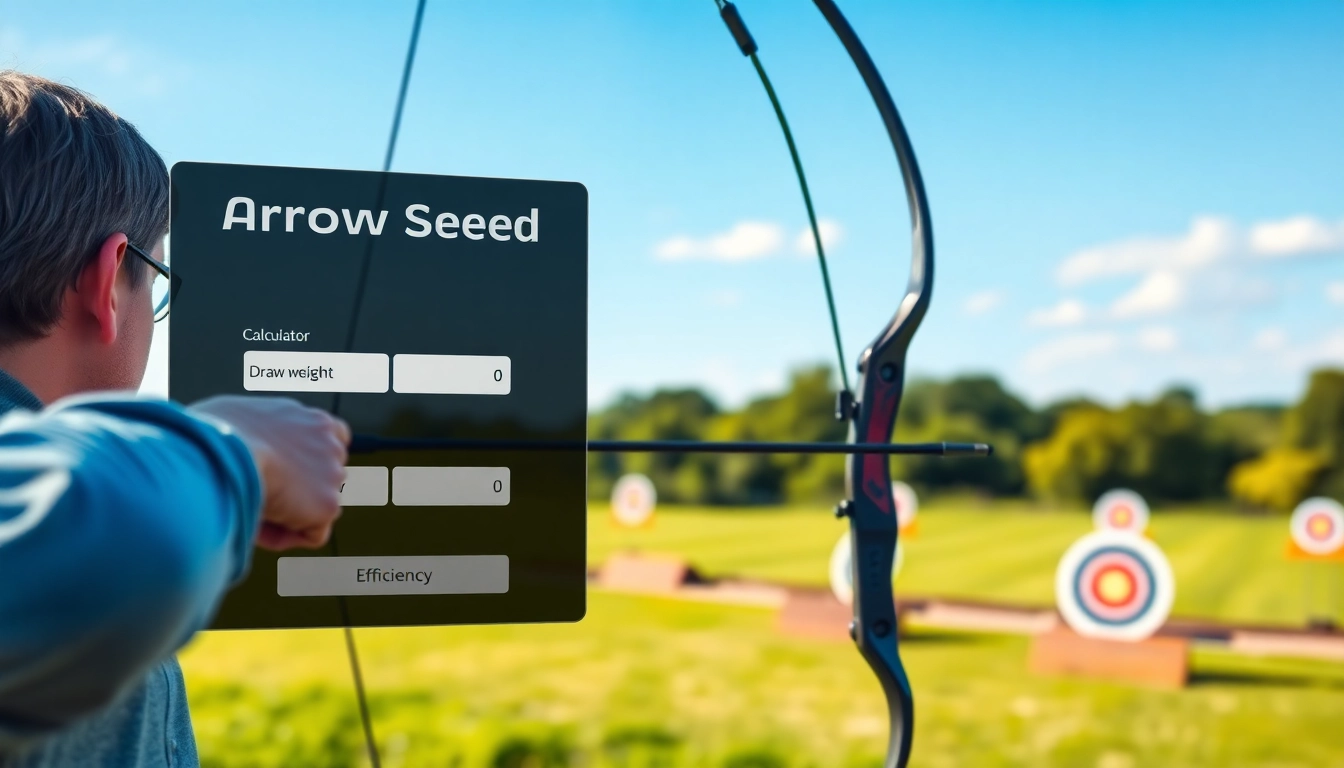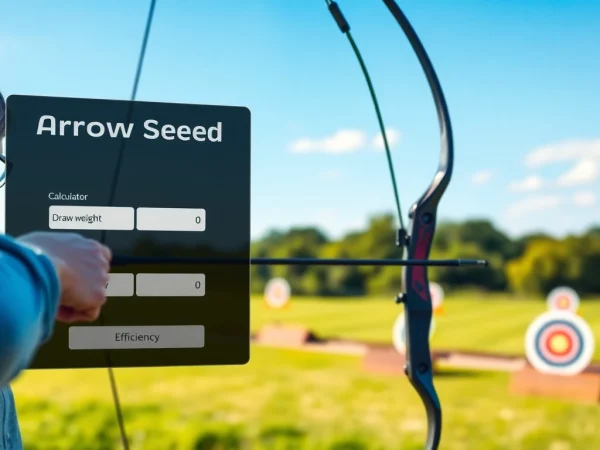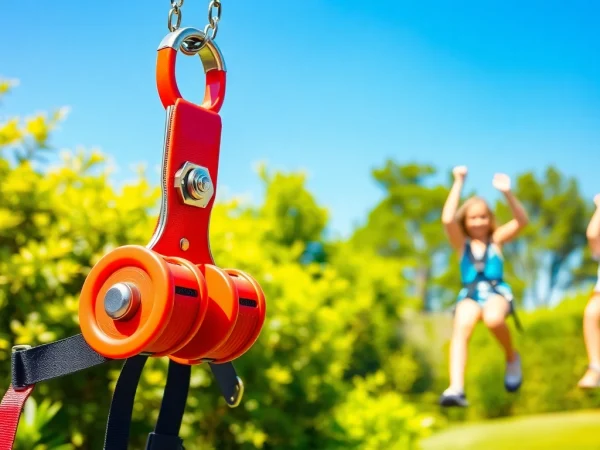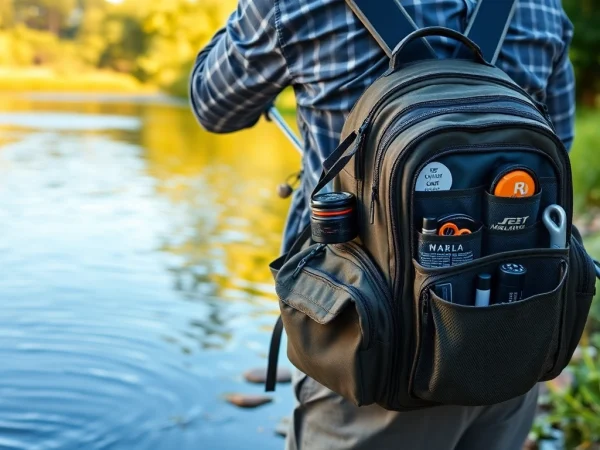Determine Your Arrow Speed with Our Accurate Arrow Speed Calculator
Understanding Arrow Speed and Its Importance
Arrow speed is an essential aspect of archery that can significantly influence an archer’s performance. Whether you are a seasoned bowman or a beginner, understanding how to determine your arrow speed can enhance your accuracy, improve your shooting techniques, and ultimately elevate your game. The Arrow Speed Calculator is a valuable tool in this regard, providing users with a quick and accurate way to measure arrow speed based on various parameters related to their bow and arrow setup.
What is Arrow Speed?
Arrow speed refers to the velocity at which an arrow travels once it is released from the bow. Measured in feet per second (FPS), this metric is crucial because it affects the arrow’s trajectory and performance when hitting the target. Faster arrows typically have flatter trajectories, making them more forgiving for the archer.
Why Arrow Speed Matters for Archers
Understanding arrow speed is vital for several reasons:
- Accuracy: Knowledge of arrow speed helps understand the impact point on the target. Arrows traveling at adequate speeds can improve accuracy over longer distances.
- Hunting Efficiency: In hunting scenarios, faster arrows can lead to quicker, more humane kills due to greater kinetic energy upon impact.
- Optimal Setup: By calculating your arrow speed, you can better adjust your bow and arrow specifications to achieve the ideal setup.
Common Factors Affecting Arrow Speed
Several factors contribute to the speed of an arrow, including:
- Bow Draw Weight: The draw weight of your bow plays a crucial role. Higher draw weights typically result in higher arrow speeds.
- Arrow Weight: Heavier arrows may have a lower speed but provide higher kinetic energy, which is essential for hunting.
- Bow Type: Different types of bows (compound, recurve) have various efficiencies affecting arrow speed.
- Fletching Size and Shape: Arrow vanes can potentially increase drag, affecting speed.
How to Use the Arrow Speed Calculator
The Arrow Speed Calculator is straightforward to use, designed to assist you in determining your arrow speed rapidly and accurately. Here’s how to effectively operate it:
Inputting Your Measurements
To use the calculator, you will typically need the following inputs:
- Draw Length: The distance the bowstring is pulled back.
- Draw Weight: The amount of force required to pull back the bowstring.
- Arrow Weight: The total weight of the arrow, including the shaft and any broadheads or fletching.
Once these values are entered, the calculator will output your expected arrow speed.
Understanding the Output
The output from the Arrow Speed Calculator will provide you with the arrow speed in FPS or other relevant units based on your preference. Understanding this value is crucial for adjusting your shooting techniques and equipment choice.
Troubleshooting Common Issues
If you notice unexpected results from your calculations:
- Double-check Measurements: Ensure all inputs are accurate and reflect your setup correctly.
- Consult Manufacturer Specifications: Look at your bow and arrow manufacturer guidelines for ideal numbers.
- Seek Expert Advice: Consider discussing your setup with a professional at an archery shop.
Factors Affecting Arrow Speed
Understanding the various elements that affect arrow speed can help you optimize your performance. Here’s a closer look at these critical factors:
Draw Weight and Its Impact
The draw weight is one of the most significant factors affecting arrow speed. It denotes how much force must be exerted to pull the bowstring back. The higher the draw weight, the more energy is transferred to the arrow upon release, resulting in increased velocity. For instance, if you typically use a draw weight of 50 pounds and switch to a 60-pound bow, you can expect an increase in speed proportional to that increased weight. However, it’s important to find a balance that you can manage comfortably to maintain accuracy and control.
Arrow Weight Considerations
Arrow weight is another critical measurement that affects speed and flight. Heavier arrows are slower but carry more kinetic energy, making them ideal for hunting scenarios where penetration is crucial. Conversely, lighter arrows fly faster and have a flatter trajectory, which can improve accuracy. The best approach is to find an ideal balance between speed and energy for your specific needs.
Bow Efficiency Explained
Bow efficiency refers to how effectively a bow converts stored energy into arrow speed. It varies between different bow types and designs. Compound bows, for example, typically yield higher efficiency rates, leading to faster arrow speeds compared to traditional bows. Understanding your equipment’s efficiencies allows you to make informed decisions regarding setup and adjustments.
Practical Applications of Arrow Speed Calculations
Knowing your arrow speed is beneficial for numerous practical applications within the realm of archery and hunting. Here are some ways you can apply your calculations:
Improving Archery Accuracy
By leveraging speed data to understand your shooting dynamics better, you can enhance your accuracy. Knowing the optimal speeds for your bow helps you make adjustments to your form and technique. For instance, if you learn that a particular speed range yields better accuracy for your setup, you can work on adjusting your draw weight or arrow weight to stay in that range.
Adjusting Archery Techniques Based on Speeds
Adjusting your technique based on perceived arrow speed can significantly improve performance. Each archer should familiarize themselves with how different speeds affect their aiming point, follow-through, and release. A faster arrow may require a quicker follow-through to maintain form, while slower arrows might need a steadier hand before the release.
Competitive Archery Insights
For competitive archers, understanding the speed of your arrows is even more critical. Many competitions include parameters that dictate speed limits for specific categories, and complying with these regulations can enhance your eligibility for various competitions. Additionally, adjustments based on speed can significantly impact performance during competitions, helping you to strategize based on the conditions of the competition.
Frequently Asked Questions About Arrow Speed
How to Measure Arrow Speed Without a Chronograph?
If you don’t have access to a chronograph, you can still get a rough estimate of arrow speed by using a simple formula that involves calculating the distance to your target and the time it takes for the arrow to hit. However, this method is not as accurate and is generally not recommended for serious archery practice. For precision, investing in a chronograph is advisable.
What is the Ideal Arrow Speed for Hunting?
The ideal arrow speed for hunting depends on the type of game you are pursuing, but generally, speeds between 250-300 FPS are considered effective for most hunting situations. Faster arrows can ensure a flatter trajectory, reducing the potential for miscalculating distance at various angles. However, accuracy and shot placement remain paramount regardless of speed.
Can Arrow Speed Be Increased?
Yes, you can work on increasing arrow speed through various adjustments. Increasing draw weight, using lighter arrows, or upgrading to more efficient bows can all contribute to higher arrow speeds. Each configuration change can influence measurement, so it is important to recalibrate frequently to ensure optimal performance.









